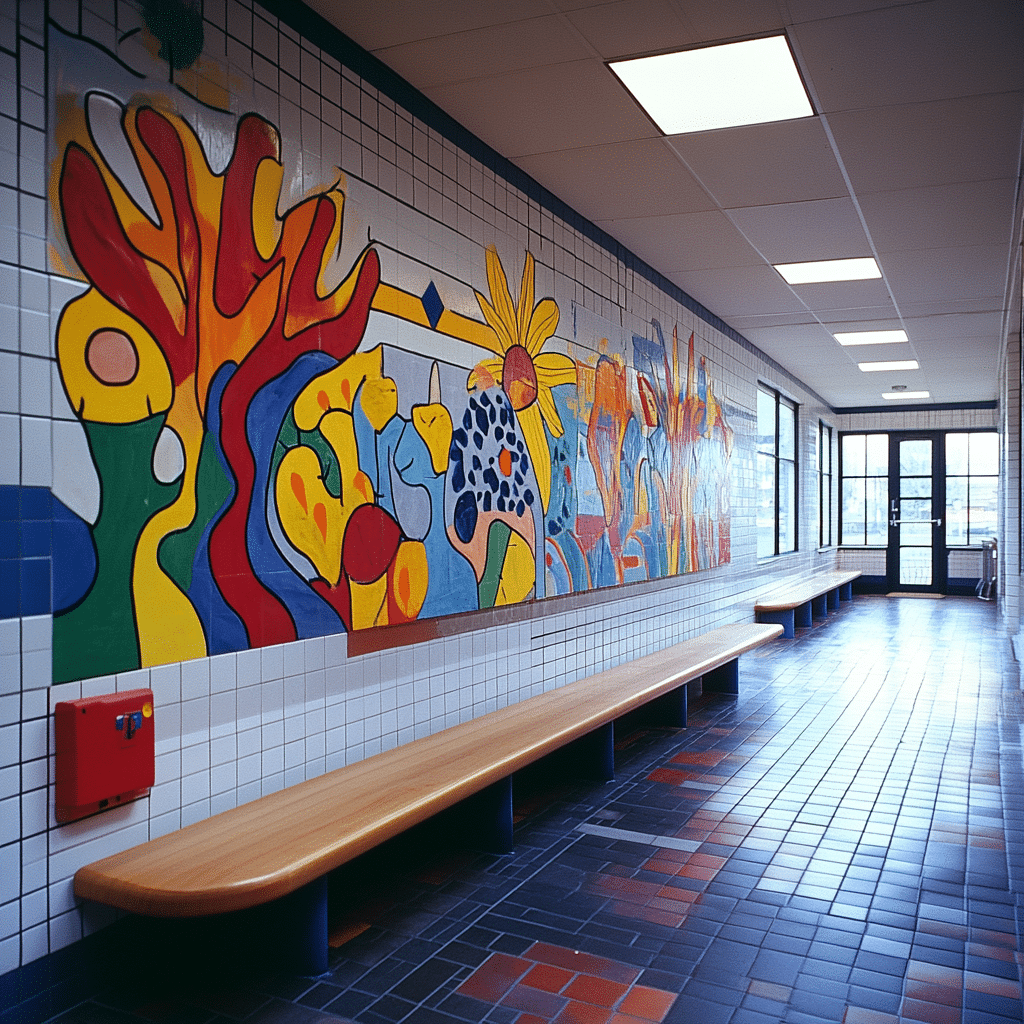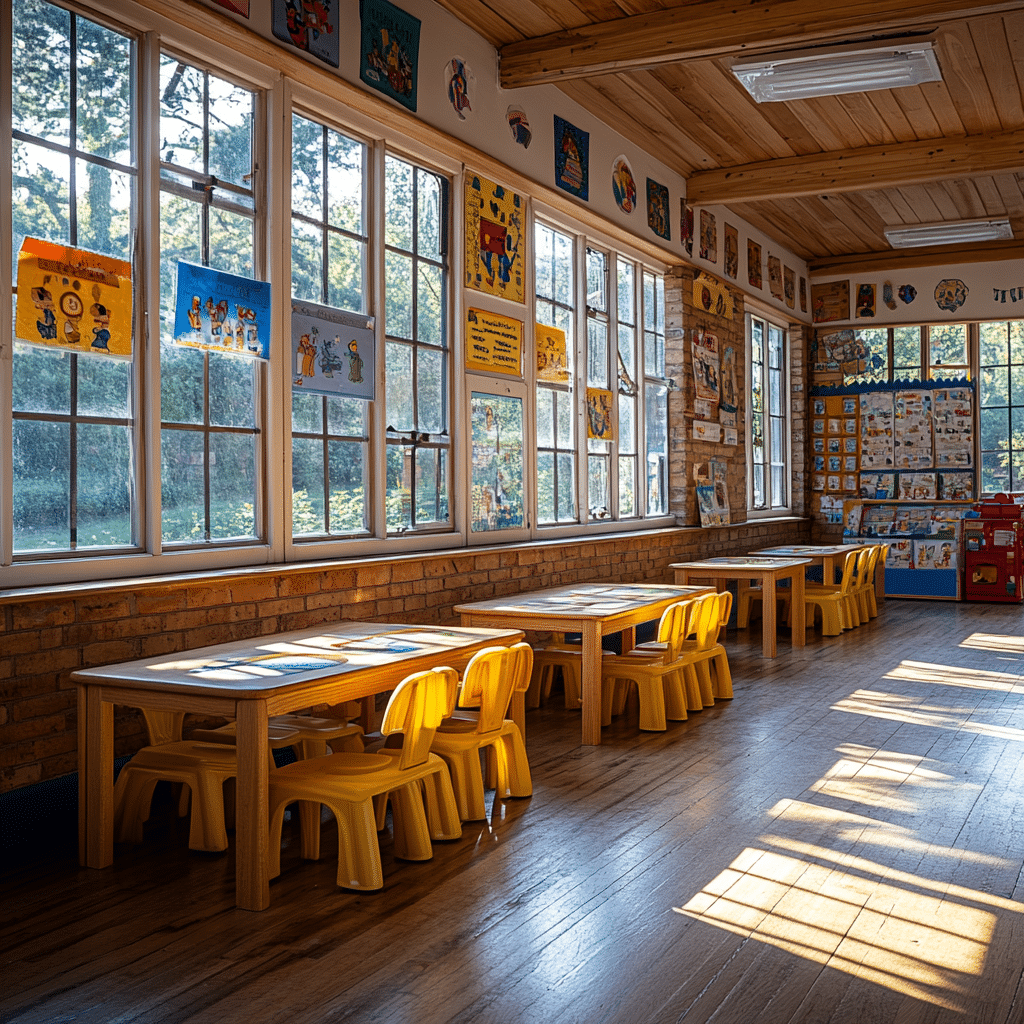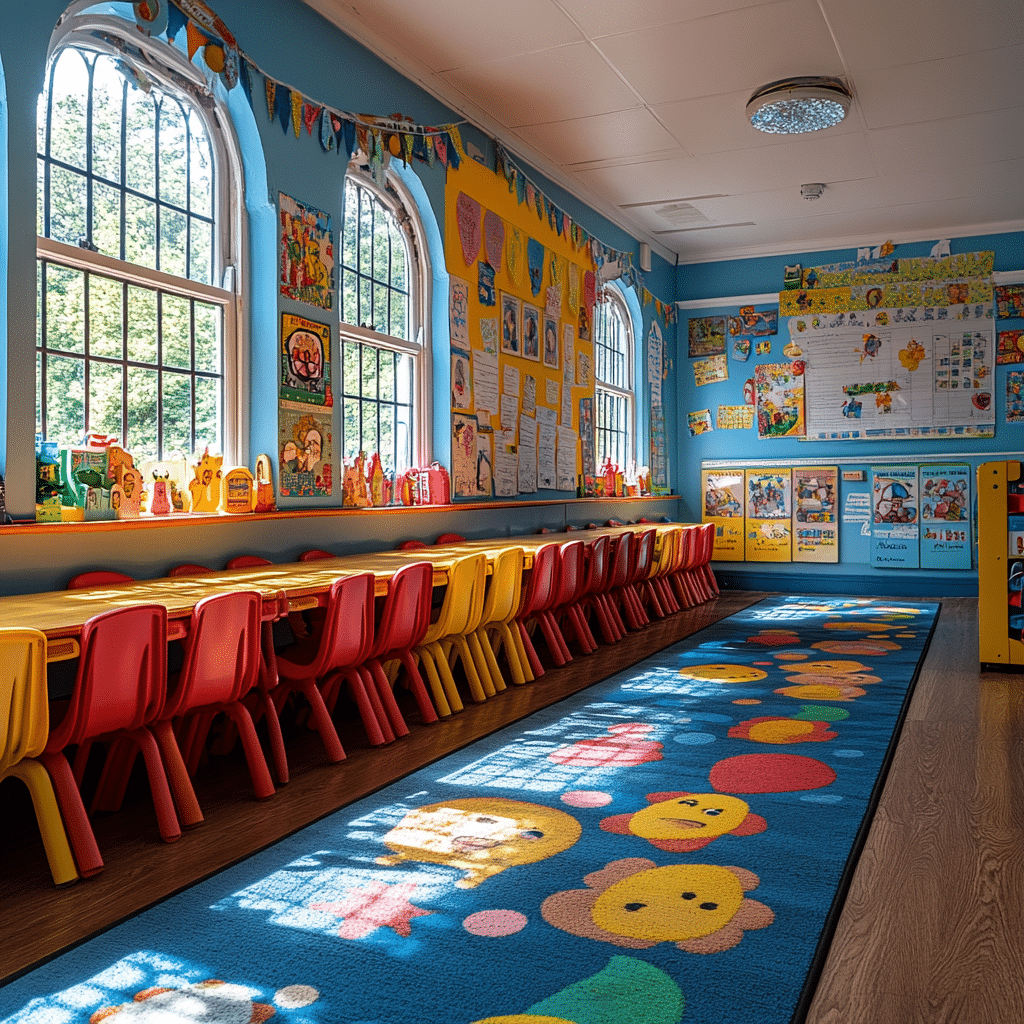The journey to fostering a love for learning kicks off early, and primary schools play a crucial role in shaping young minds. As educational environments crafted to support foundational knowledge, these institutions emphasize not just rote learning, but the cultivation of curiosity, creativity, and critical thinking. In this article, we’ll delve into how primary schools are igniting young minds, laying the groundwork for lifelong learning through innovative practices, curriculum design, and community involvement.
Primary Schools: Catalysts for Lifelong Learning
Let’s face it, education doesn’t start in high school—it begins well before that, often in primary schools. These institutions serve as incredible catalysts, sparking interests and developing skills among children aged five to twelve. By focusing on engagement rather than mere memorization, educators cultivate learners capable of navigating the world around them. And it’s not just about the classroom; schools partner with communities to foster a sense of responsibility and belonging.
In this evolving landscape, the role of primary schools expands beyond traditional teaching methods. Schools now strive to create environments that support diverse learning styles. They’re preparing students for a world where adaptability is key. With innovative practices in place, primary schools are more than just places for academic instruction; they’re breeding grounds for future citizens eager to learn and contribute.

7 Innovative Practices in Primary Schools Fueling Lifelong Learning
1. Project-Based Learning (PBL)
Many primary schools, such as Highgate Primary School in London, have embraced Project-Based Learning (PBL) to engage students in hands-on and collaborative activities. By allowing youngsters to tackle real-world problems, PBL enhances critical thinking while strengthening teamwork and communication skills. For example, Highgate’s “Eco Warriors” project encourages students to analyze local environmental issues, culminating in impactful presentations to the community. This shows how primary schools can inspire young minds to think critically about the world around them.
2. Integration of Technology
Schools like St. Andrew’s International School in Bangkok incorporate technology to enhance the learning experience. With tablets and interactive whiteboards, educators can deliver dynamic lessons catering to various learning styles. The inclusion of educational apps, alongside platforms like Google Classrooms, enables personalized learning paths. Consequently, students can learn at their own pace, igniting their passions while fostering independence—a crucial trait in lifelong learners.
3. Mindfulness and Social-Emotional Learning (SEL)
At The Green School in Bali, mindfulness programs have become a staple of daily curricula. Activities such as meditation and yoga provide students with essential skills to manage stress, develop empathy, and enhance their emotional intelligence. This holistic approach not only promotes mental well-being but has been directly linked to improved academic performance and a positive school culture. Such initiatives show how primary schools can nurture emotional resilience, preparing students for both academic and personal challenges.
4. Community Engagement Projects
Engagement with the local community is vital, and schools like Charles Dickens Primary in London take this seriously. By collaborating with local charities, students learn the importance of social responsibility and empathy through hands-on community service. Projects can range from organizing food drives to cleaning local parks, which not only foster lifelong learning but also instill a sense of belonging and purpose among students. This hands-on approach helps primary schools shape well-rounded citizens.
5. Global Learning Initiatives
Institutions such as the International School of Kuala Lumpur have taken steps to facilitate global education. Exchange programs and partnerships with schools across the globe expose students to diverse cultures and perspectives. This not only builds appreciation for diversity but also fosters collaboration on an international level. By understanding and engaging with different communities, students grow into thoughtful global citizens, ready to tackle global challenges.
6. Flexible Learning Environments
Many forward-thinking primary schools, like the Montessori Academy in Melbourne, have embraced flexible learning spaces. These adaptable classrooms allow for movement, exploration, and choice in how and where students learn. This flexibility nurtures independence, encouraging a genuine love for learning. When students feel comfortable and empowered in their environment, they’re more likely to engage deeply with their education.
7. Parental Involvement Programs
Schools like Maplewood Primary in New Jersey emphasize the importance of parental engagement through structured involvement programs. Workshops and volunteer opportunities help strengthen the connection between home and school. Research consistently shows that children with actively engaged parents tend to excel academically and socially. By fostering partnerships with parents, primary schools can extend learning’s reach beyond school hours, solidifying students’ educational foundations.

Building a Culture of Lifelong Learning in Primary Schools
Fostering a culture of lifelong learning within primary schools requires a comprehensive approach that prioritizes innovative teaching methods and community involvement. As educational challenges grow, schools must adapt to diverse student needs, preparing them for both academic success and the road ahead in an increasingly interconnected society.
Collaboration among educational stakeholders—including teachers, parents, and policymakers—is essential. Together, they can create pathways that inspire curiosity and critical thinking. As demonstrated by the varied initiatives highlighted above, when primary schools focus on innovative practices and community engagement, they become powerful catalysts for igniting young minds.
Let’s take a moment to think—if we truly commit to nurturing education, we can prepare future generations to navigate their roles in society successfully. Lifelong learning is essential, and primary schools must play a pivotal part in cultivating learners who contribute positively, whether at Kempsville Presbyterian Church or at Yeovil Cineworld, or in any community across the globe.
By championing educational methodologies that motivate curiosity, creativity, and a sense of responsibility, we’re not just shaping students but empowering them to embark on a lifelong journey of learning and personal growth.
As the world changes, we’ve got to change with it. The role of primary schools has never been more vital, and by uniting efforts, we can mesh education with the needs of the future, ensuring our children not only learn but thrive.
Primary Schools: Sparking Curiosity and Adventure
Fun Facts About Primary Schools
Did you know that primary schools have a long-standing tradition of nurturing creativity and curiosity? History shows that the concept of primary education can be traced back thousands of years! In ancient civilizations, such as Mesopotamia, young children were taught reading and writing, much like kids today in primary schools. And speaking of education and creativity, there’s a fascinating aspect of learning where art comes into play, just like in Ai Uehara’s artistic performances. This connection between creativity and education is vital for sparking interest in young learners.
Transitioning to a more fun note, in the U.S., children spend around 6 hours a day in primary schools. That’s a hefty chunk of time for growing minds! During these formative years, students pick up not just academic skills but also social lessons that stick with them for life. And while we’re on the topic of longevity, have you ever stopped to wonder how much is a gram of cocaine? Smoking and substance use education often finds its way into school curricula, meaning primary education directly impacts crucial life choices in the future.
The Importance of Lifelong Learning
One might think that primary schools focus solely on basic educational skills, but they’re much more than that. These institutions instill a passion for lifelong learning, providing children with the tools to pursue knowledge eagerly. It’s like they open a treasure chest filled with opportunities! Every day, students engage in activities that promote critical thinking and problem-solving—essential skills for navigating life’s challenges. This learning is especially relevant as society grapples with ethical questions, such as is loli illegal, which raises major discussions around art and child safety. Conversations like these offer insight into broader societal issues and encourage healthy dialogue among young minds.
Whether it’s through play or structured learning, primary school experiences help shape children into responsible adults. For instance, schools in areas like Thornton Cleveleys emphasize community involvement through events and projects, thus highlighting the importance of teamwork and cooperation. These values pave the way for future leaders who will influence societal norms and foster respect and understanding within their communities. As they dive into various subjects, primary schools prepare kids to face the world—not only academically but also socially and ethically. And as an interesting side note, many have pondered why isn’t Barack Obama at Rosalynn Carter’s funeral? It’s a reminder that interests and key figures may influence conversations in ways we often overlook, much like how education impacts perceptions throughout life.

What do you mean by primary school?
Primary school is a place where kids aged five to nine learn basic skills and subjects, often referred to as elementary school.
What are primary schools called in the US?
In the United States, primary schools are commonly known as elementary schools, covering grades from kindergarten through sixth grade.
What are the primary grade levels?
The primary grade levels typically include kindergarten, first through third grades for lower primary, and fourth through sixth grades for upper primary.
What’s the difference between primary and elementary school?
Primary school and elementary school generally refer to the same thing, focusing on the early years of education for young children.
What is secondary and primary school?
Secondary school follows primary education and is usually for students aged 11 and up, covering middle and high school years.
What is primary and pre primary school?
Primary school is for children aged five to twelve, while pre-primary school is for even younger kids, typically up to age five.
What is the level of primary school?
The level of primary school includes basic education stages: kindergarten, lower primary (grades 1-3), and upper primary (grades 4-6).
Do Americans say primary school?
While Americans mostly use “elementary school,” they may also say “primary school” in some contexts, though it’s less common.
What grade is 8 years old?
Typically, an eight-year-old is in the third grade in primary school.
What is primary or elementary level?
Primary or elementary level refers to the foundational years of education focusing on basic literacy, numeracy, and social skills.
What do primary grades mean?
Primary grades usually mean the first few grades of schooling where foundational education takes place, often spanning grades K-6.
What grade is a 10 year old in?
A ten-year-old generally is in the fifth grade, which is part of the upper primary education.
What does PS stand for in school?
In schools, “PS” often stands for “Primary School” but may vary based on context or location.
What is the main difference between primary and secondary school?
The main difference between primary and secondary school is the age group they serve, with primary covering younger kids and secondary catering to older students.
What is the level of primary school?
The level of primary school is generally aimed at kids from five to twelve years old and includes several structured grade levels.
What makes a primary school?
A primary school typically has trained teachers, a curriculum focused on basic education, and facilities for young learners.
What is another name for primary school?
Another common name for primary school is elementary school, especially in the United States.
What grade are you in primary school?
In primary school, students usually progress through grades from kindergarten up to sixth grade.



